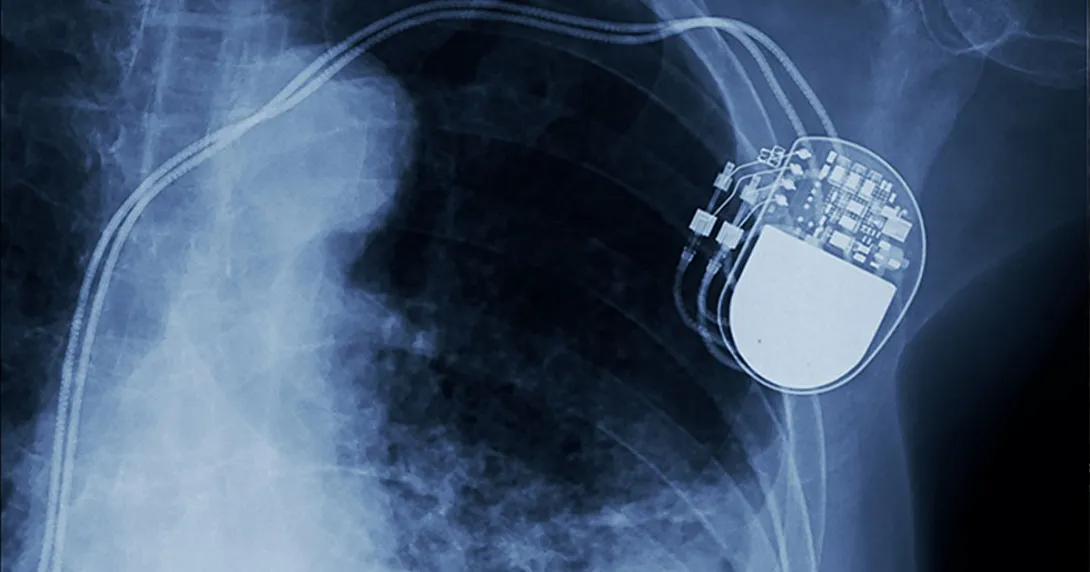As President Barack Obama prepared to meet with Congressional Democrats Tuesday to discuss healthcare reform, the White House Council of Economic Advisers released a report that highlights both the upside and the downside of technology.
On the plus side, healthcare IT could lead to high-value care by providing key information to providers rapidly. The the down side includes the overuse of diagnostic technology such as MRIs.
"For many types of medical conditions, a patient may have a choice of several methods or treatments, each having different benefits or risks," the council noted. "Systematic examinations of the merits of different treatments and dissemination of the results of those examinations to patients and providers is one mechanism for promoting high-value care. Health information technology may play an important role in increasing the rate at which new information broadly diffuses to providers and is incorporated into practice behavior."
Technology can also contribute to higher costs.
 "Providers have strong financial incentives to compete on the basis of technology adoption rather than price, leading to an excess supply of high technology equipment and services (for example, MRI machines and minimally invasive vascular diagnostic and procedure suites) and accelerated replacement of hospital beds in local markets," the report stated. "In turn, this can lead to higher rates of utilization and costs."
"Providers have strong financial incentives to compete on the basis of technology adoption rather than price, leading to an excess supply of high technology equipment and services (for example, MRI machines and minimally invasive vascular diagnostic and procedure suites) and accelerated replacement of hospital beds in local markets," the report stated. "In turn, this can lead to higher rates of utilization and costs."
The council also noted that current payment systems generally do not reward providers for effectively managing patients with chronic illnesses or educating patients about preventing disease through lifestyle changes such as exercise, improved nutrition and smoking cessation.
"Finally, some academic research has suggested that some physicians practice 'defensive medicine,'" the report stated. "That is, supply additional services that are of marginal or no medical value, including additional diagnostic tests and unnecessary referrals to specialists."
 The Council of Economic Advisers consists of a chairwoman and two associate members. Christina Romer, formerly co-director of the Program in Monetary Economics at the National Bureau of Economic Research, serves as chairwoman. She taught economic at the University of California Berkeley and Princeton University. The associates are Austan Goolsbee and Cecilia Rouse. Goolsbee is a former professor of economics at the University of Chicago. Rouse is on leave from Princeton University, where she teaches economics and public affairs.
The Council of Economic Advisers consists of a chairwoman and two associate members. Christina Romer, formerly co-director of the Program in Monetary Economics at the National Bureau of Economic Research, serves as chairwoman. She taught economic at the University of California Berkeley and Princeton University. The associates are Austan Goolsbee and Cecilia Rouse. Goolsbee is a former professor of economics at the University of Chicago. Rouse is on leave from Princeton University, where she teaches economics and public affairs.
"If we don't do this we're going to be facing a real mess 30 years from now," Romer said on a conference call Monday to discuss the advisers' report, "The Economic Case for Health Care Reform."
The council estimates potential savings generated by reform could be $1 trillion to $1.7 trillion over 10 years.


